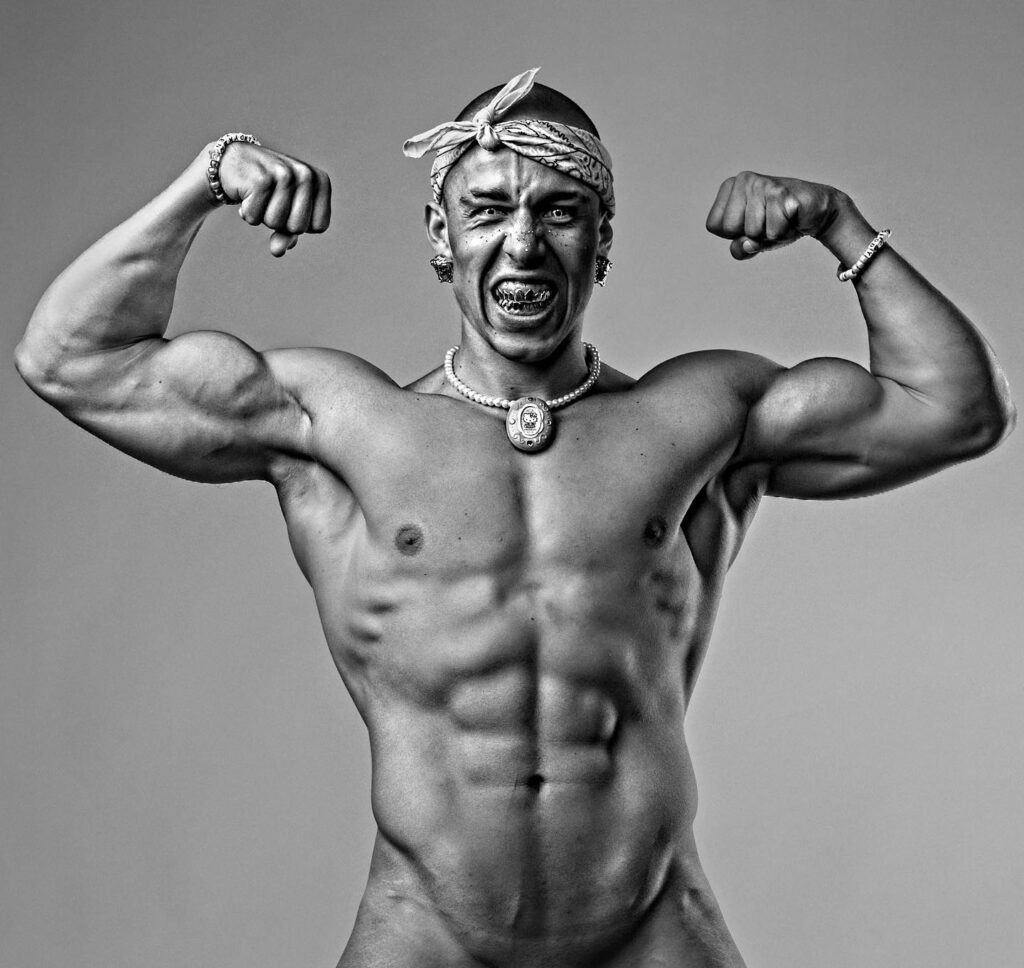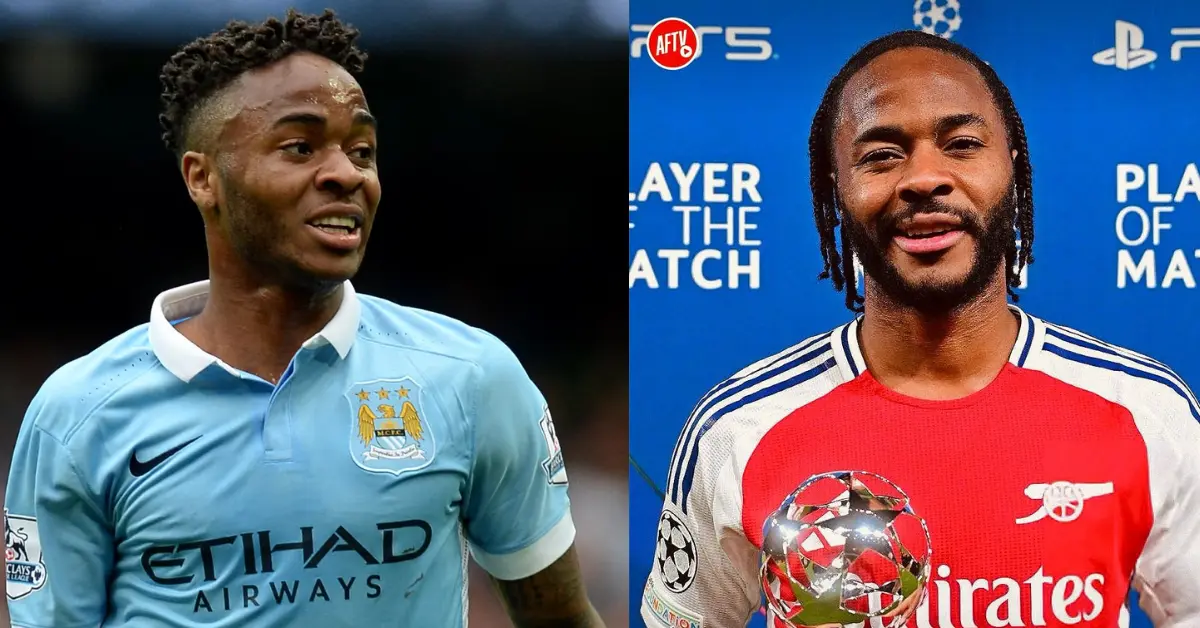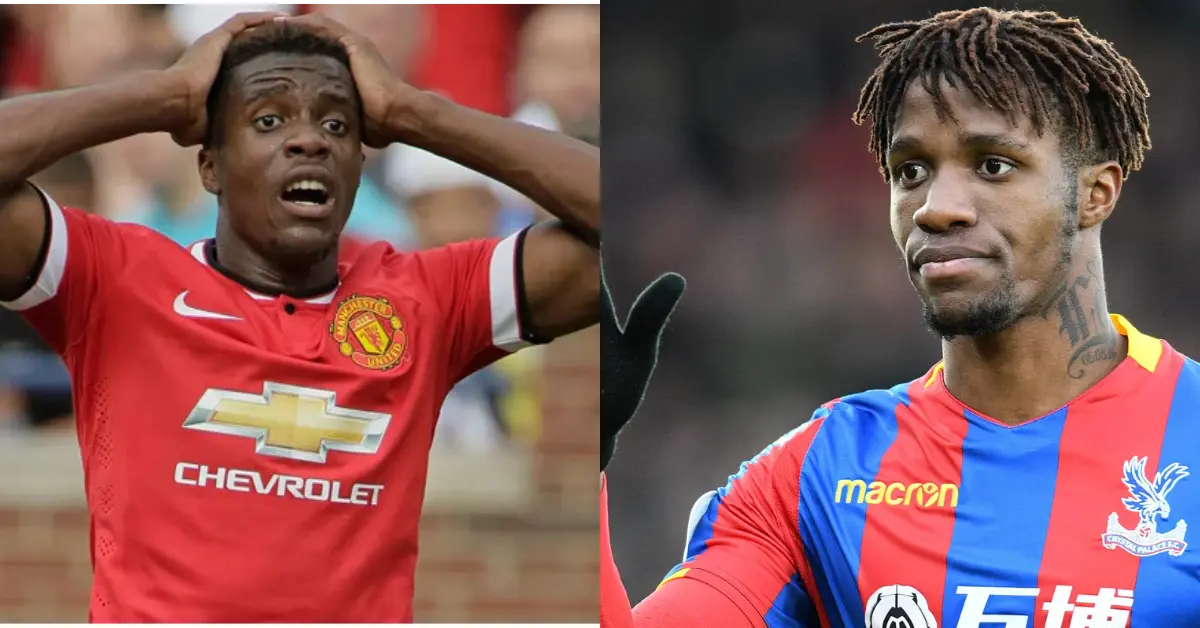Candy Ken Then and Now
In the ever-evolving world of digital fame, few figures have risen from obscurity to international stardom as unexpectedly and flamboyantly as Candy Ken. With a glittering persona, unapologetic confidence, and an aesthetic that blends hyper-masculinity with playful camp, Candy Ken has carved out a unique space in pop culture.
As of 2025, he commands a massive following of 16.3 million fans on TikTok (@candyken ) and over 745k on Instagram (@candyken69 ), transforming from a viral meme into a legitimate music artist, model, and LGBTQ+ icon. This article explores the evolution of Candy Ken—from internet curiosity to celebrated artist and cultural provocateur.
Then: The Birth of a Meme (2017–2019)
Candy Ken first burst onto the internet scene in 2017 as a mysterious, glitter-covered figure from Germany who posted surreal, self-produced videos on social media.

His early content—featuring him shirtless, covered in gold body paint, wearing sunglasses indoors, and lip-syncing to electronic beats—was so bizarrely captivating that it quickly went viral.
His breakout moment came with the song “Diamonds”, a synth-heavy, auto-tuned anthem where he proclaims:
“I’m a diamond, I’m a star, I’m a man, I’m a king, I’m a god, I’m a star.”
The video, shot in a minimalist style with flashing lights and Candy Ken striking dramatic poses, became a meme on platforms like YouTube, Reddit, and Twitter.
Internet users initially mocked the over-the-top presentation, but a growing audience began to appreciate the artistry and satire behind it. Was Candy Ken a joke? A performance artist? A genuine pop star in the making?
His persona—flamboyant, narcissistic, and dripping in glitter—challenged traditional norms of masculinity and sexuality.
While some dismissed him as a parody, others recognized a bold commentary on fame, identity, and self-love.
Related: The Rock Then and Now
The Turning Point: From Meme to Music Career (2020–2021)
Rather than fade into internet obscurity, Candy Ken leaned into his notoriety and began refining his image.

He started releasing music more consistently, collaborating with producers and embracing a glam-electropop sound. Tracks like “Pussy Power”, “I Need Money”, and “Glamazon” combined campy lyrics with infectious beats, resonating with LGBTQ+ audiences and fans of queer pop culture.
His aesthetic evolved: think gold chains, leopard print, glitter beards, and bedazzled sunglasses—a mix of 1980s glam rock, Eurodance, and modern drag sensibilities.
He wasn’t just making fun of celebrity culture; he was embodying it with irony, pride, and undeniable charisma.
Candy Ken also began appearing at pride events, fashion shows, and underground clubs across Europe. His performances—high-energy, theatrical, and unapologetically queer—earned him a loyal fanbase.
He became a symbol of self-expression and defiance against societal norms.
By 2021, he was no longer just a meme. He was a recording artist with a message: embrace who you are, love yourself fiercely, and never let anyone dull your sparkle.
Related: MrBeast Then and Now
Now: Global Recognition and Cultural Influence (2022–2024)

1. Social Media Stardom: 16.3 Million on TikTok
Candy Ken’s TikTok account (@candyken) has become a hub of viral content. His videos—ranging from dance challenges in full glitter makeup to satirical skits about fame, beauty, and masculinity—resonate across generations and cultures.
His ability to blend humor, music, and visual artistry has made him a favorite among Gen Z and LGBTQ+ communities.
His TikTok success has translated into mainstream visibility. He’s been featured in major media outlets like Vice, Paper Magazine, and Dazed, and has collaborated with brands and artists who appreciate his bold aesthetic.
On Instagram, his feed is a curated gallery of glamour, fashion, and empowerment—showcasing everything from photoshoots with top LGBTQ+ photographers to behind-the-scenes moments of his music videos.
2. Music Evolution and Live Performances
Candy Ken has released multiple EPs and singles, including the albums Glamazon (2021) and I Need Money (2022). His music, while playful, carries deeper themes of self-worth, financial independence, and sexual liberation.
He’s performed at major events like Berlin Pride, Madrid Pride, and WorldPride, often sharing stages with internationally renowned drag and pop acts. His live shows are a spectacle—complete with dancers, pyrotechnics, and audience participation chants of “Candy! Candy! Candy!”
3. Fashion and Brand Collaborations
Known for his signature look—sunglasses, glitter, and designer streetwear—Candy Ken has become a fashion icon in alternative and queer circles. He’s collaborated with brands that celebrate individuality and inclusivity, and his image has been used in campaigns promoting LGBTQ+ rights and self-expression.
His influence extends to makeup artists, drag performers, and non-binary creators who see in Candy Ken a fearless representation of gender fluidity and confidence.
4. Advocacy and Representation
While Candy Ken’s persona is often exaggerated and satirical, his impact is very real. He has become an unofficial ambassador for self-love and queer visibility. In interviews, he speaks about overcoming insecurity, embracing his sexuality, and using fame as a platform for empowerment.
He doesn’t label his sexuality, preferring to let his art speak for itself. This ambiguity has made him a relatable figure for people exploring their identity. He represents a world where labels are less important than authenticity.
Related: Antonie Lokhorst Then and Now
Cultural Significance: More Than Just a Meme

Candy Ken’s journey reflects a broader shift in digital culture—where irony and sincerity coexist, and where internet fame can evolve into real artistic and social influence. He sits at the intersection of meme culture, pop art, and queer liberation.
Critics once asked: Is Candy Ken serious? The answer is yes—and no. He’s serious about self-expression, about challenging norms, and about creating joy in a world that often demands conformity. But he’s also having fun. And in an age of anxiety and digital overload, Candy Ken’s glittery, unapologetic joy is revolutionary.
He’s part of a new wave of internet-born artists—like Alaska Thunderfuck, Violet Chachki, and Mykki Blanco—who use exaggeration and performance to explore identity, fame, and freedom.
Related: Demi Bagby Then and Now
Conclusion: Candy Ken – Then and Now
- Then: A viral sensation, dismissed as a joke, a glitter-covered enigma from Germany whose music video “Diamonds” became a meme.
- Now: A celebrated artist with 16.3 million TikTok followers, international performances, a growing music catalog, and a powerful voice in LGBTQ+ culture.
Candy Ken proves that in the digital age, authenticity doesn’t always look conventional—sometimes, it looks like a man covered in gold paint, dancing under strobe lights, declaring himself a god. And the world, increasingly, is cheering him on.
As he continues to release music, perform globally, and inspire millions to “shine bright like a diamond,” one thing is clear: Candy Ken is no longer just a meme.
He’s a movement.
He’s a star.
And he’s here to stay.
✨ “I’m a diamond. I’m a star. I’m a man. I’m a king.” – Candy Ken
Related: Ray Diaz Bodybuilder Then and Now






























